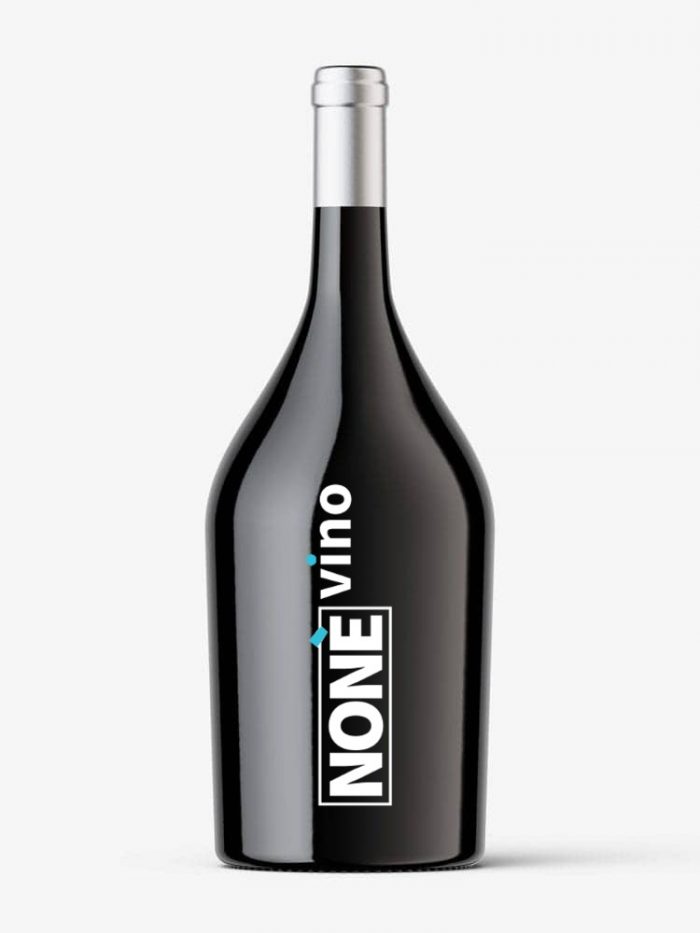The geographical area dedicated to the production of IGT Puglia wine extends over the hills of the entire Apulian territory which has characteristics that make it among the most fascinating in Italy in terms of beauty of the landscape and among the most interesting from a historical and naturalistic. To the uncultivated plains beaten by the wind follow the infinite geometries of olive trees as well as fertile expanses of cultivated land, recovered with difficulty by generations of farmers. Along the coasts the landscape changes further alternating long sandy beaches with high rocky walls interspersed with inlets and small coves, along which numerous caves and ravines open due to the particular karst nature of the Apulian subsoil.
The Production Area of the Puglia IGT Wine is located in:
– Puglia region and includes the entire regional territory.
During the vinification phases, only loyal and constant oenological practices of the area are allowed, suitable to give the wines their particular quality characteristics.
The oenological practices of vinification of the Puglia IGT Wine provide, among other things, that:
– The maximum yield of grapes in IGT Puglia wine must not exceed 80% and 50% for the type of passito wine and overripe grapes.
The history of the vine in Puglia has very ancient roots and it is believed that this plant has always been present in the territory of the region. The vine was probably present in Puglia before the times of Greek colonization – in the eighth century BC – however some of the varieties now considered 9 native to this region were introduced by the Greeks, such as Negroamaro and Uva di Troia.
From Greece was also introduced the cultivation system of the “sapling” vine, the most widespread method in Puglia. With the arrival of the dominion of the ancient Romans – following the victory against Pyrrhus in 275 BC – the production and trade of wine were particularly lively and the wines of Puglia began to be present – and appreciated – in the tables of Rome.
In his monumental work Naturalis Historia, Pliny the Elder, in listing the Greek grape varieties, recalls that in Puglia there were the Malvasie Nere di Brindisi and Lecce, Negroamaro and Uva di Troia. Pliny the Elder, Horace and Tibullus have left ample evidence in their writings on the techniques of vine cultivation and wine production in Puglia at the time of the ancient Romans, praising – in particular – the color, aroma and flavor of Apulian wines. Pliny the Elder defined Manduria – the most representative land of Puglia for Primitivo – as viticulosae, that is, “full of vineyards”.
Manduria was not the only area to earn the appellation of viticulosae: Mesagne, Aletium (Alezio) and Sava were also defined in this way by other authors. Other illustrious authors of those times – such as Martial, Ateneo and Marrone – praised the qualities of Apulian wines in their writings. With the construction of the port of Brindisi – in 244 BC – the Apulian wine trade experienced a rather flourishing period and in Taranto, with the aim of facilitating shipping and embarkation, enormous quantities of wine are kept in special cellars dug into the rock along the coast.
Already at that time, therefore, Puglia became an important “deposit” of wine, a land that made wine and oil, two products strongly linked to its tradition and culture. Quality wine will leave an indelible mark in the culture of Puglia: from merum, which in Latin means “pure wine” or “genuine wine”, in fact derives the term mjere, which in the Apulian dialect means “wine”. After the fall of the Roman Empire, viticulture and wine production in Puglia undergo a period of crisis and it will be only thanks to the monasteries and monks that the two activities will be preserved and will continue to characterize Puglia.
In the Middle Ages, in Puglia there are still enormous productions of wine: it is no coincidence that Dante Alighieri, in his verses, describes Puglia as a «sitibonda land where the sun becomes wine». The importance of the development of viticulture and wine production was also well understood by Frederick II who – despite being a teetotaler – had thousands of vines planted in the Castel del Monte area, importing the plants from nearby Campania.
Wine assumes a strategic role for the economy of Puglia so much so that, in 1362, Giovanna I of Anjou signed a law that prohibited the introduction of wine produced outside the region in the territory. It will be only during the Renaissance that the wines of Puglia will begin to know the consensus of other areas of Italy and some areas of France, the wines of Puglia make their entry into the tables of the noble courts.
Andrea Bacci, one of the most famous wine authors of that period, recalls in his work De naturale vinorum historia that in the areas of Lecce, Brindisi and Bari wines of “excellent quality” are produced, while the reds of Foggia and Gargano will say that they are wines of “medium strength but sincere in substance so that they last up to the third year and even longer”. In the following periods – in the 1700s and in the 1800s –
Puglia will always be noted for the enormous quantities of wine produced, never for the quality, so much so that the surpluses begin to be a serious problem, even though it constitutes a substantial profit.








